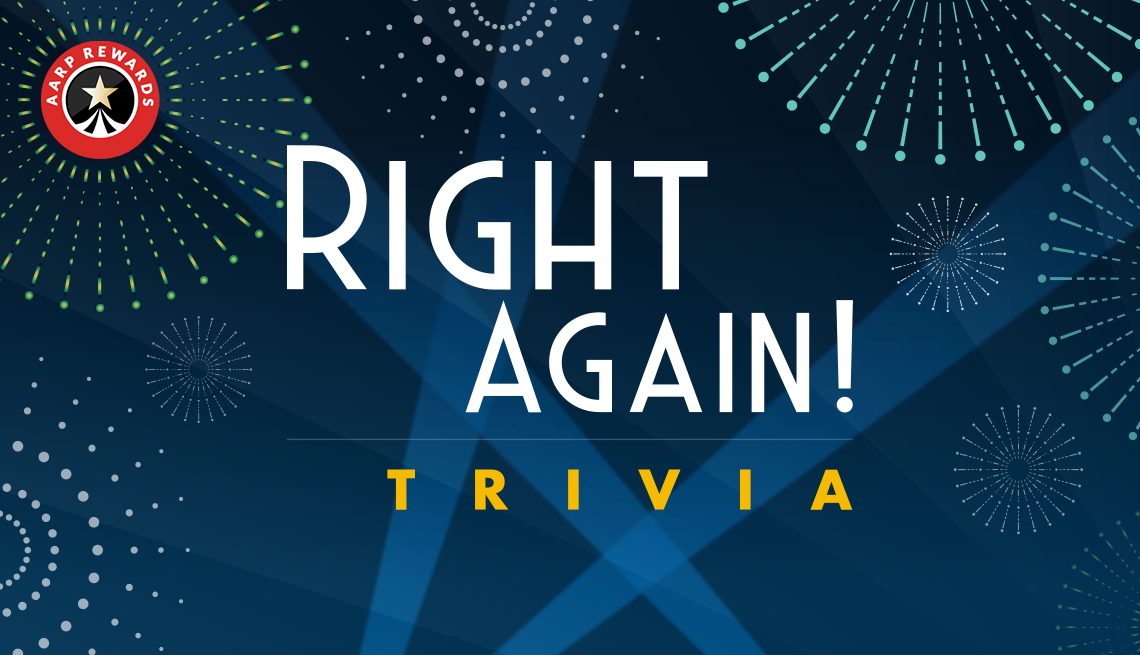Time to put on your thinking caps! 🧠🧢! 😉
Today is 'National States and Capitals Day.' [source: National Day Calendar]
Do you know your states and capitals? ➡️ 50 States of the USA [YouTube]
September 22 focuses on raising awareness and sharing education about all 50 states and their capitals on National States and Capitals Day.
As children, we learn about the 50 states and their capitals in the U.S. But as we get older, we tend to forget those important cities and their role in crafting policy and influencing the economy. And, while everybody knows their own state capital, many do not even remember the capital of the state next door. Today, let's take the time to remind ourselves how important every state and capital is to our nation.
Learning about States and Capitals
Remember those paper maps we were given to learn about states and capitals? Our worksheet had blank states with star indicating where the capital was supposed to be. The agony of naming each state and capital was definitely stressful! We spent time memorizing names, where the state was and naming each capital. Not to mention spelling everything correctly. Some of us were lucky to have a teacher that would play a game to help us remember.
Typically, we learn about states and capitals between the grades 3-6, starting with the state we live in. From there, we learn our country has 50 states and 50 capitals within each state. All 50 capitals have a unique history, which means there are 50 reasons why a specific city or town was chosen to be a state capital. In addition, we eventually learn how governments operate and the vital roll each state plays in our national government.
Are state capitals found in the largest cities of each states? No. The first state capitals were built according the where the majority of the population lived in a state, or near a main access hub. For example, North Dakota is home of National Day Calendar. Our state capital is Bismarck, but was once the capital of the Dakota Territory. The Northern Pacific Railroad was built to transfer goods from eastern U.S. to the west, making Bismarck the prime location for state government. Bismarck became the official state capital only after the territory was split into 2 states--North and South Dakota.
State Capitals in Small Cities:
Juneau, Alaska, population est. 32,300.
Dover, Delaware, population est. 39,400.
Frankfort, Kentucky, population est. 28,600.
Augusta, Maine, population est. 18,900.
Annapolis, Maryland, population est. 40,800.
Jefferson City, Missouri, population est. 43,230.
Helena, Montana, population est. 32,100.
Concord, New Hampshire, population est. 4,000.
Pierre, South Dakota, population est. 14,100.
Montpelier, Vermont, population est. 8,100.
Huh? 🤔
✨ The letter Q is the only letter NOT found in any of the state names
✨ Sweet Home, Alabama is a real place.
✨ It's illegal to bury people in San Francisco, California.
✨ New Jersey has a volcano.
✨ South Carolina has a place called Monkey Island, that has over 4,000 rhesus monkeys.
✨ The state bird for Wisconsin is a plastic flamingo.
✨ There are more chickens in Delaware than there are people.
✨ The Empire State Building in New York has it's own zip code.

[https://www.educationalsnacks.us/national-states-capitals-day]
_____________________________________________________________________________
Yeah, we tried to remember the capitals, and failed miserably. Tsk Tsk. This has been a nice refresher.
🙂
⭑ ๋࣭ ⭑... ⌞What the GLITCH!⌝ ... ⭑ ๋࣭ ⭑(っ ͡ ͡° - ͡ ͡° ς)
Made of flesh and bone, not chips and blips.

















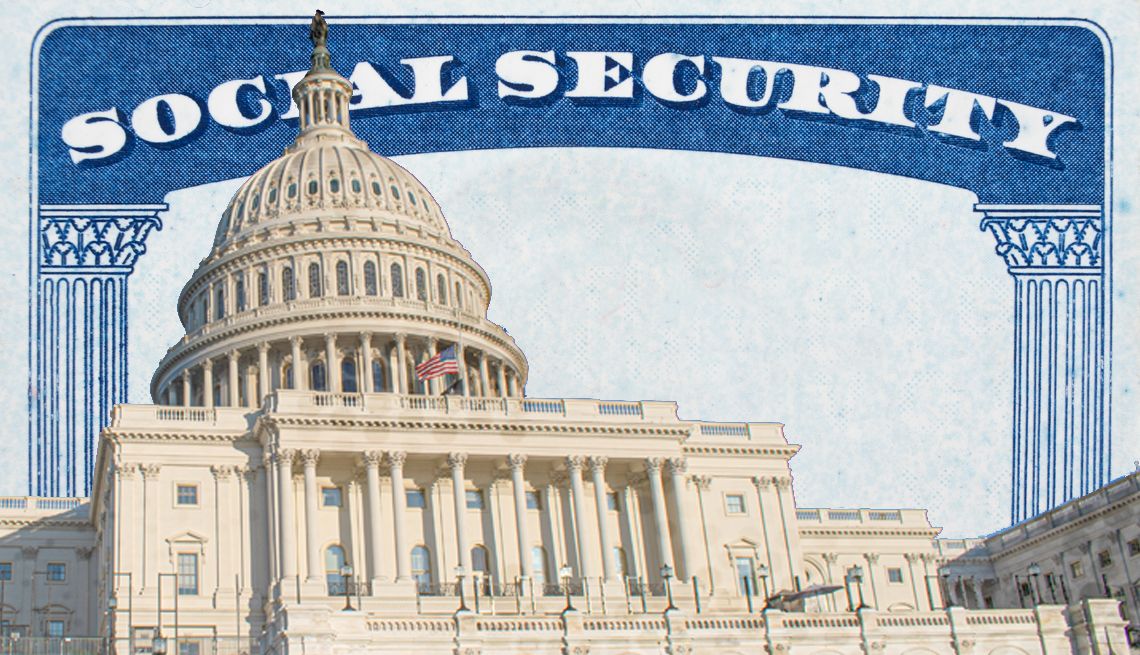)
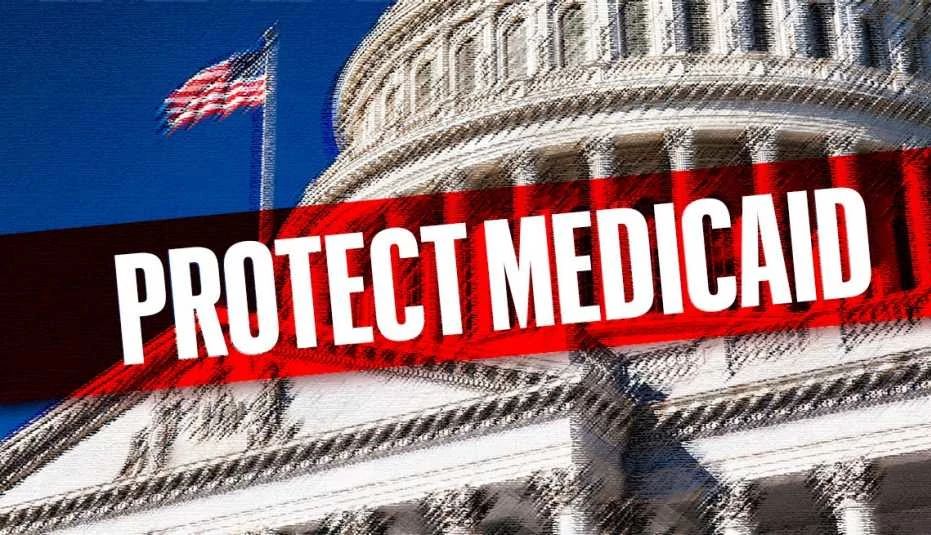
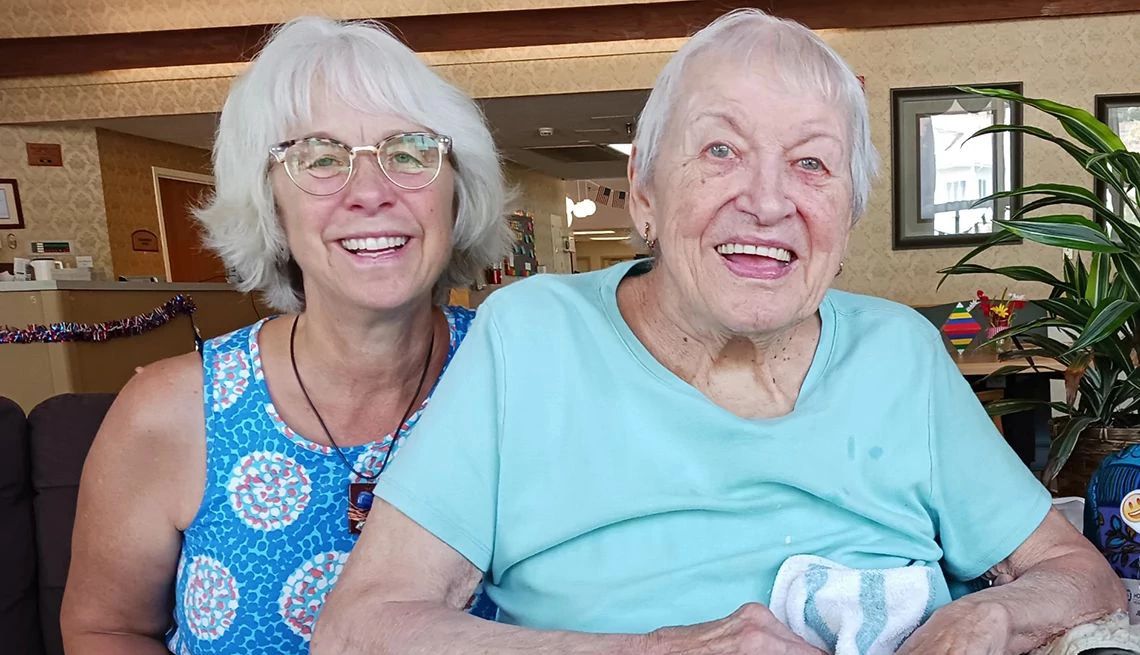



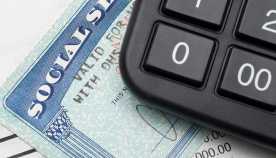
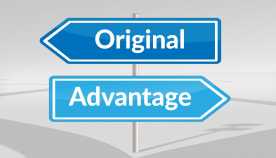
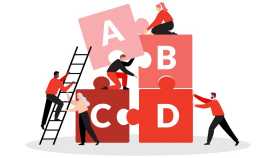



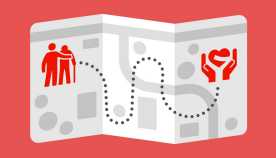






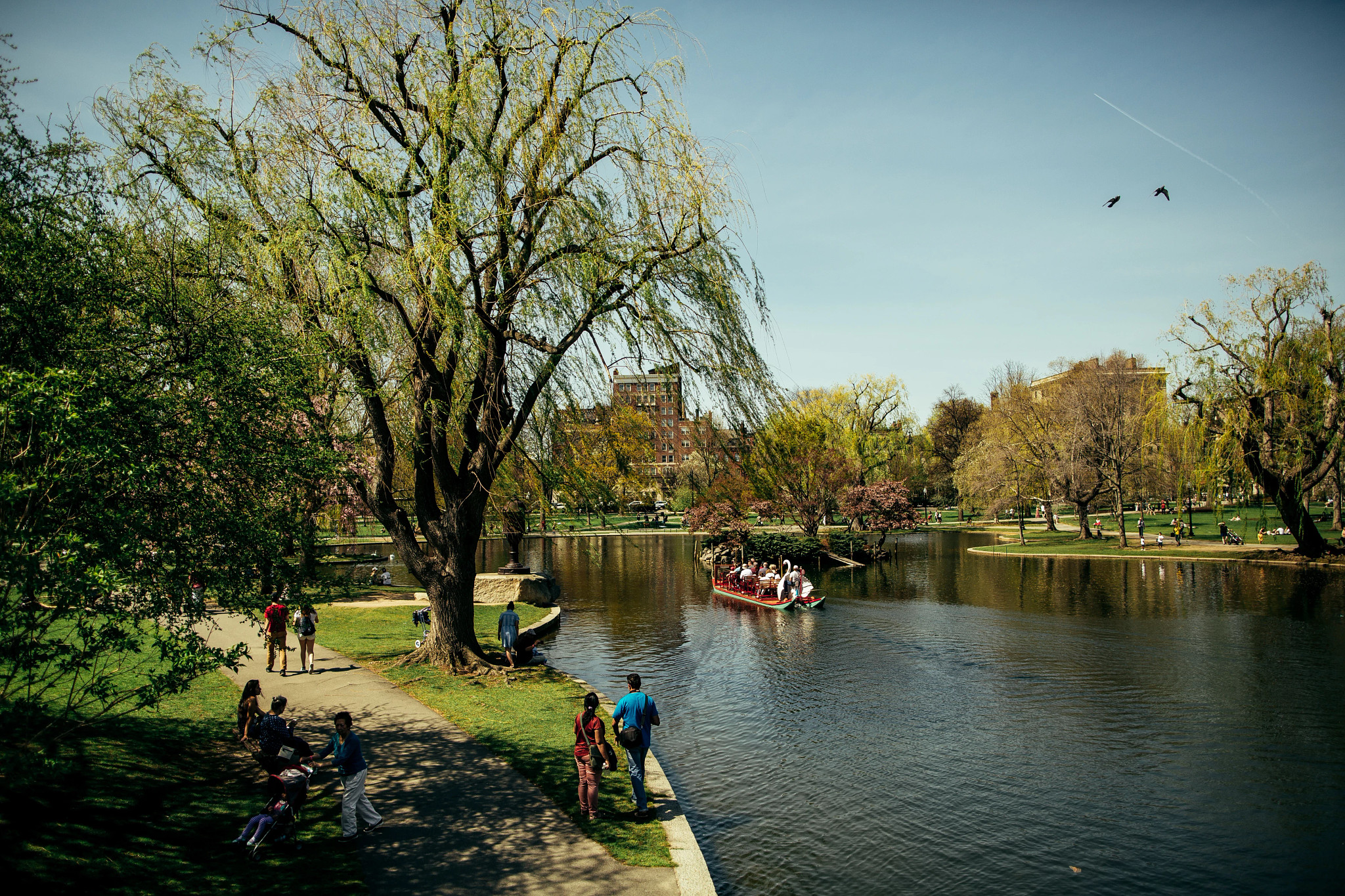.jpg?crop=true&anchor=13,195&q=80&color=ffffffff&u=lywnjt&w=2008&h=1154)































